
Lap-Band surgery takes about one hour to perform. It is usually done with the patient under a general anesthesia. This type of surgery is typically done laparascopically (involves 3-5 incisions instead of 1 large incision). A camera is then inserted through one of the incisions, which helps in conducting the procedure. After securing the camera, the Lap-Band is inserted. It is also secured so that it can safely alter the size of the opening in the abdomen. The rest of the lower part of the abdomen stays in its regular position. This surgery is reversible.
The surgery itself is not the solution of a patient's problems. He or she must adapt his or her lifestyle so as to draw out the maximum positive effect. Considerable changes in the diet are paramount and they should begin even before the procedure takes place. Quitting smoking is also imperative. Any lost weight before the surgery can only better the chances of a successful intervention, recuperation and follow-up. It is also very important that your surgeon is fully aware of all your eating habits and general intake before the surgery takes place.
The period following the surgery is very important. The patient should stay mobile as much as he/she can. A liquid-based diet is recommended for the first few weeks. A period of adjusting to solid foods will take place, and this should not be rushed. The surgeon will issue precise instructions regarding the recommended diet.
The side effects of this procedure may vary. The patient should not expect this intervention to quickly fix all his/her problems. The Lap-Band itself could cause nausea, vomiting, ulceration, gastritis, gastroesophageal reflux, heartburn, bloating, difficulty swallowing, dehydration, constipation and even weight regain.
Here is some advice that might prevent some of these symptoms:
Eat slowly.Don't drink and eat at the same time.Drink at least six to eight cups of water per day.Chew your food thoroughly and eat small bites.Eat small meals throughout the day.Stop eating as soon as you feel sated.
Procedure risks include bleeding, infections, slippage of the band (might be induced by persistent vomiting), erosion of the band into the stomach, spontaneous deflation of the band, enlargement of the stomach pouch, blockage of the stomach or complications with the administered anesthesia. If the procedure takes a bad turn, it may be necessary to switch to an open surgery. In the event this happens, a whole new set of rules applies, especially regarding the recuperation period.





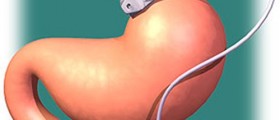
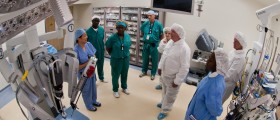

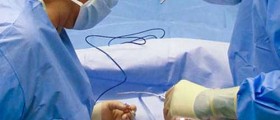
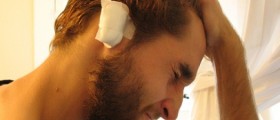


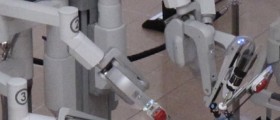


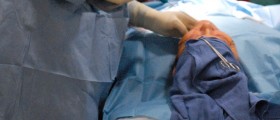

Your thoughts on this
Loading...